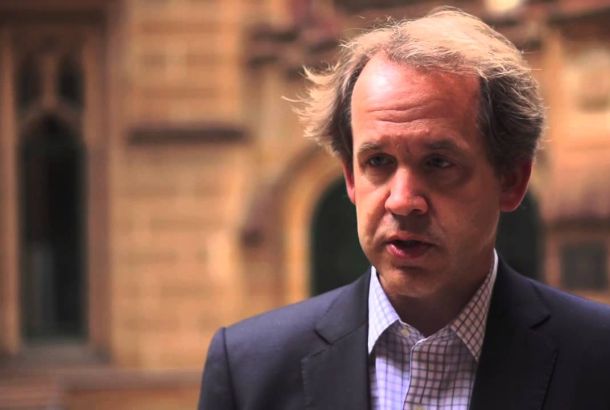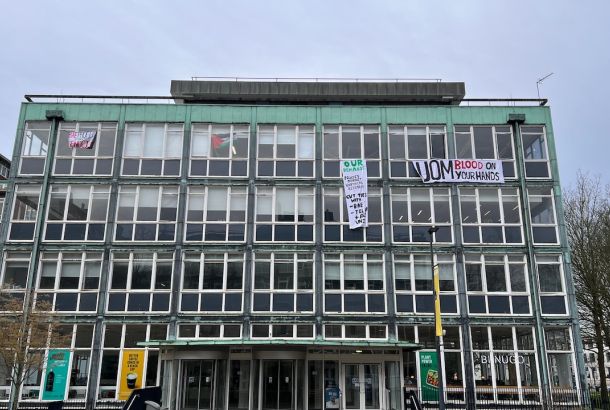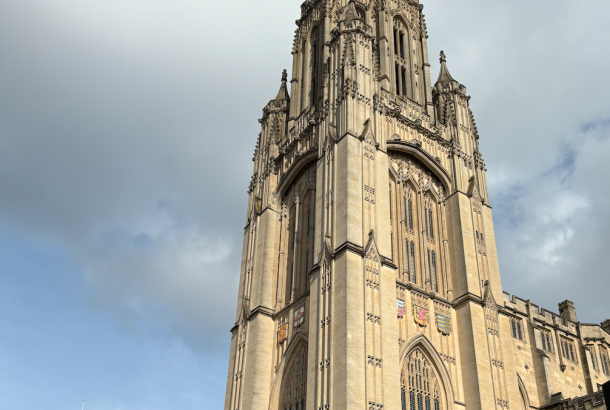Manchester’s second graphene centre gets the go ahead
Last week it was announced that Manchester City Council granted planning permission for the new Graphene Engineering Innovation Centre (GEIC). The GEIC will be the University of Manchester’s second centre dedicated to the research and application of Graphene—the thinnest material on earth. The new building will be located on the North Campus, next to Mancunian Way and Sackville Street.
The planning permission is exciting news for those involved in the University of Manchester’s ambitious vision to develop a thriving knowledge-based economy around the revolutionary 2D material in a new ‘Graphene City’.
Since its isolation by two Manchester scientists, who received the 2010 Nobel Prize in physics for their groundbreaking work, graphene has captured the attention of researchers worldwide thanks to its incredible properties. Graphene is ultra light and flexible, only one atom thick, yet is 200 times stronger than steel.
Complimented by the National Graphene Institute (NGI), the world’s leading academic facility for graphene research, and the proposed £235 million Sir Henry Royce Institute for Advanced Material Research, the GEIC will focus on industry-led development and application of graphene products. Positioned in the heart of the city, all three centres will together facilitate graphene application from basic research to finished product, truly establishing Manchester as a globally leading hub for graphene research and commercialisation.
The three centres will aid the use of graphene as a disruptive technology—to improve existing materials, and open up new markets. Current applications of graphene include membranes for water filtration, producing light but strong sporting equipment, drug delivery systems, and ultra sensitive biosensors. However with such a breadth of properties hailed by this revolutionary material, graphene has huge potential for countless applications that have yet to be explored.
Designed by world-renowned architect Rafael Viñoly, the 8,400 square metre multi-million pound research and technology facility will have top of the range equipment, and unrivalled levels of graphene expertise—ensuring the quickest possible route of development from research to market.
Martin Schröder, Vice President and Dean of Engineering and Physical Sciences, said: “This is a wonderful facility that will develop our world-leading research to new products and markets in collaboration with key industrial partners. The GEIC will be a catalyst for industry-university partnerships that will drive innovation and invention of new applications for graphene.”
Funding for the GEIC has largely been provided by Masdar, the Abu Dhabi-based renewable energy company owned by Mubadala, and the Higher Education Funding Council for England’s UK Research Partnership Investment Fund (UKRPIF). The centre is set to be completed by the end of 2017.
For more information on Manchester’s revolutionary 2D-material and Graphene City, visit www.graphene.manchester.ac.uk.







